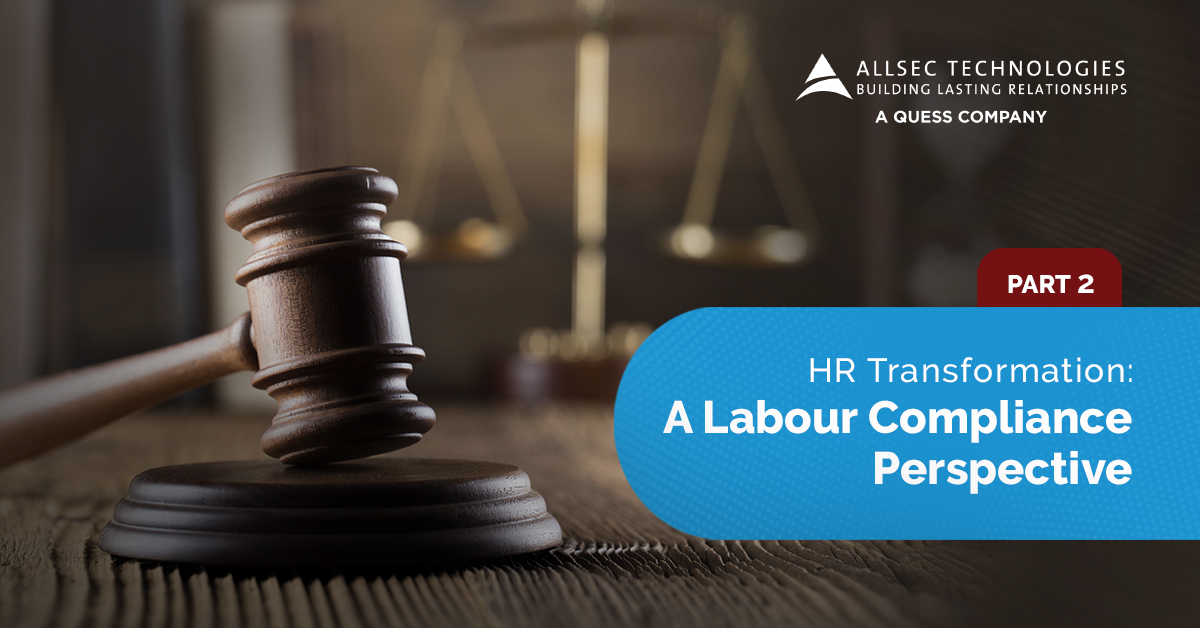
After a Process, Policy, and Compliance Audit
Process, policy, and labor compliance audit is a crucial step in HR transformation. This audit enables businesses to identify areas of weakness, non-compliance with labor laws and regulations, and areas that require improvement. Upon completion, HR departments can use the data to formulate an action plan that addresses any glaring issues and work towards amending HR processes, policies, and procedures.
In part 1 of the article, Uttiya Das, Leader of the Compliance Management Team, delved into the key impact areas and objectives of HR Transformations. This time he is back with a list of broad and common steps that HR departments can undertake after a process, policy, and labor compliance audit.
Update HR policies and procedures
The audit findings can be used to update HR policies and procedures to ensure that they comply with labor laws and regulations. This may involve revising existing policies or developing new ones to address areas identified as requiring improvement.
Implement technology solutions
In this digital age, HR transformations are largely driven by tech and implemention or upgradation of the HRMS platform is one form of such an HR transformation. Organizations can consider implementing HR information systems (HRIS), applicant tracking systems (ATS), and e-signature platforms to streamline HR processes, manage employee data, and improve compliance.
Provide training and education
Post-transformation training is a key step in ensuring that the transformation is successful. The audit may also highlight the need for HR professionals to be better informed about labor laws and regulations. HR departments can provide training and education to their staff to ensure that they are up-to-date on the latest developments and can stay compliant.
Foster a culture of compliance
HR departments can foster a culture of compliance by promoting the importance of following labor laws and regulations and encouraging employees to report any potential non-compliance issues.
Review and monitor compliance
HR departments can establish regular review and monitoring processes to ensure that they are maintaining compliance with labor laws and regulations. This may involve regular audits, employee surveys, and HR processes and procedures monitoring.
In conclusion
The process, policy, and labor compliance audit are essential steps in HR transformation. By using the audit findings to implement changes and improve HR practices, policies, and procedures, organizations can ensure that their HR function is equipped to meet the challenges of the changing landscape of the workplace and support the organization in achieving its objectives. Thus, the goal of HR transformation is to create a more strategic, data-driven, and customer-focused HR function that supports the organization’s goals and enhances the employee experience.


